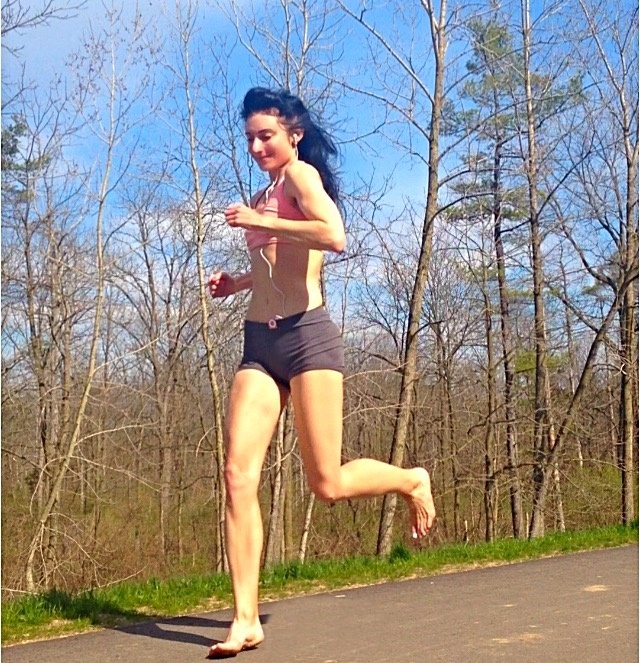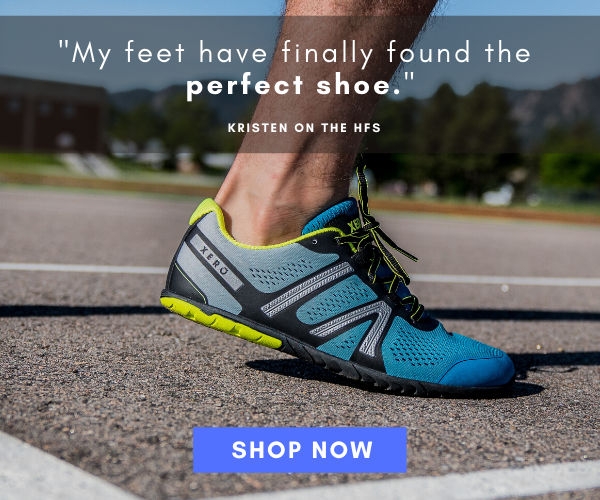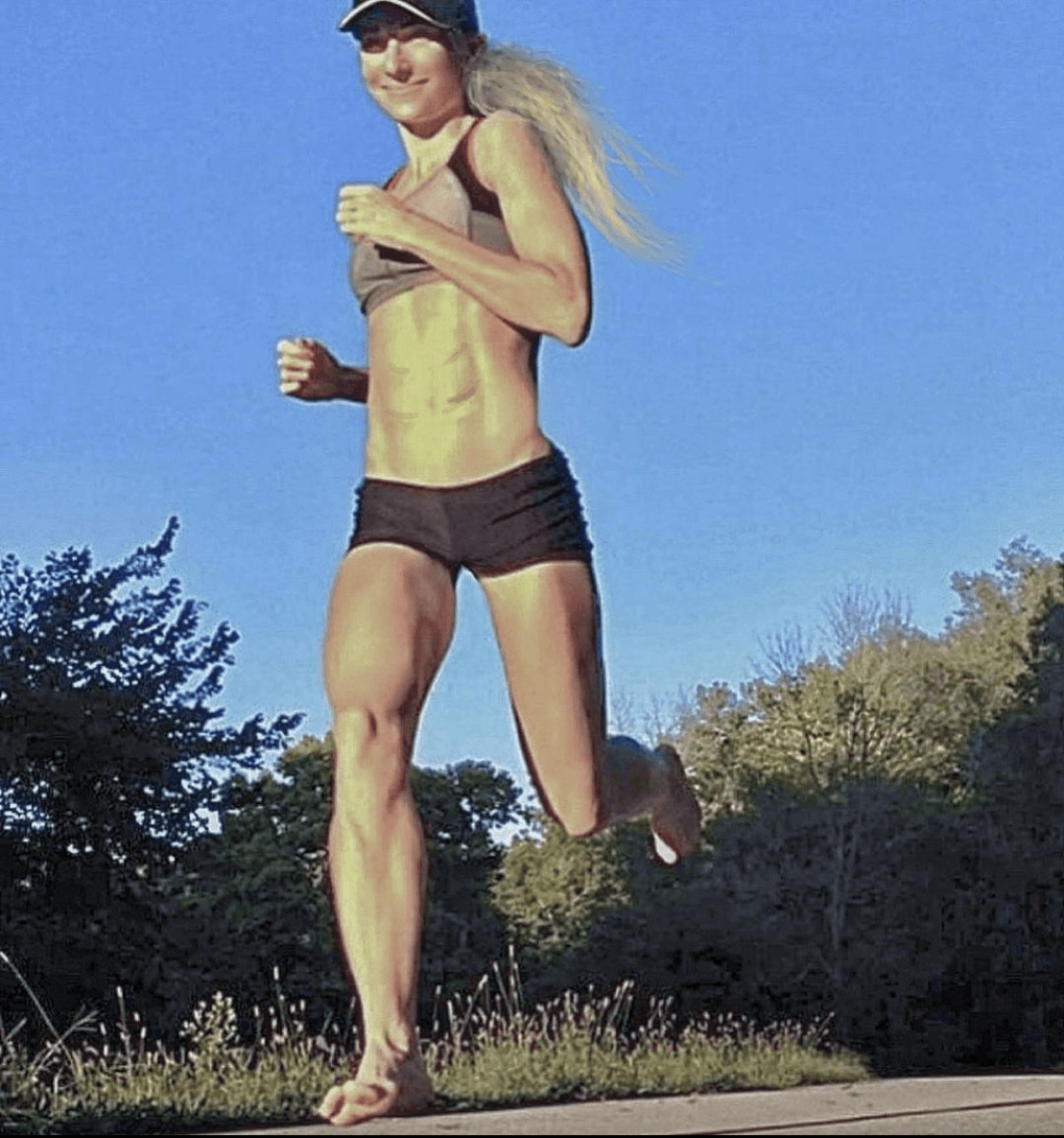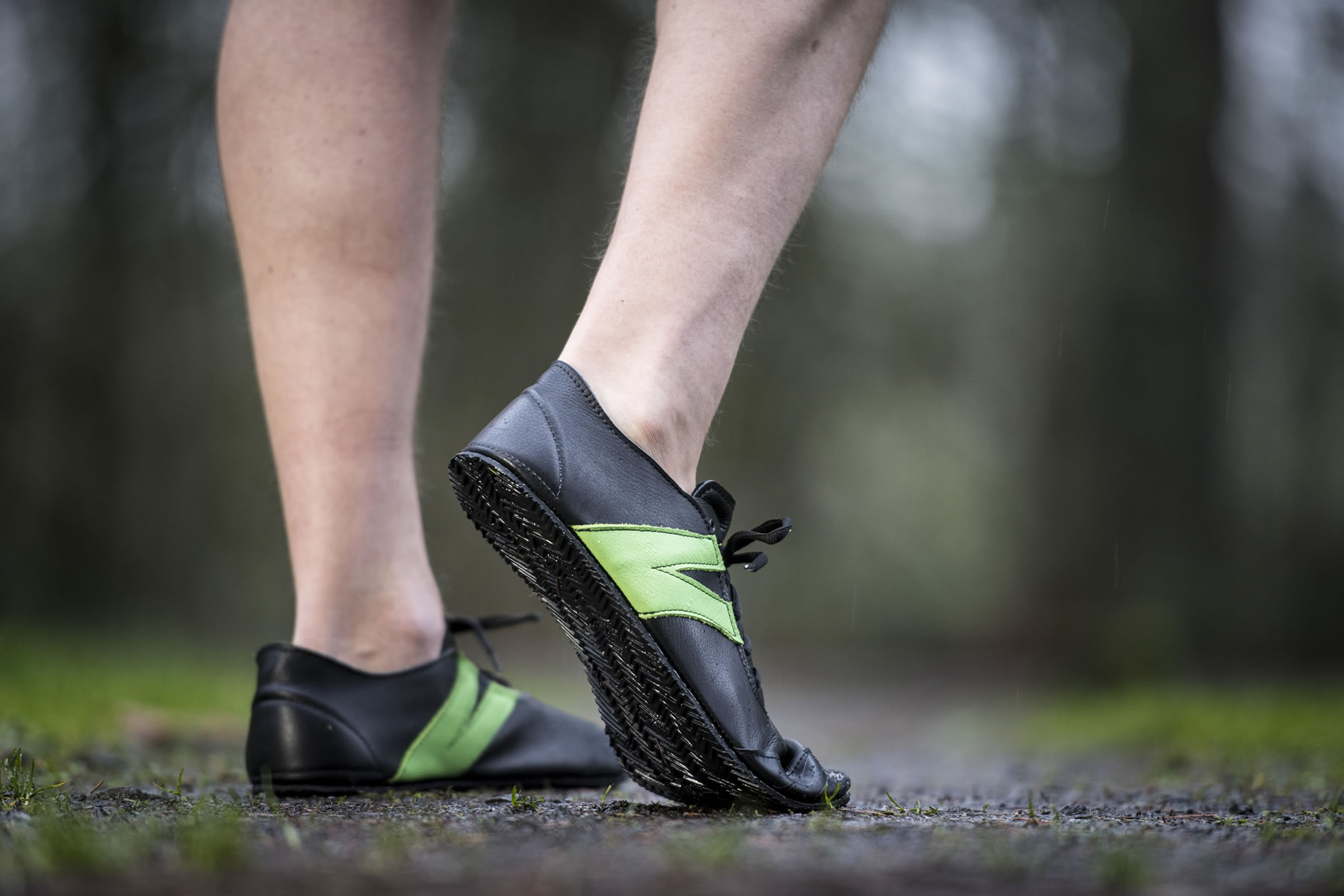The reason its easier to run barefoot is because there’s a natural tendency to avoid a hard-hitting heel strike, and instead, forces you to land with a soft, more responsive forefoot strike, which is the hallmark of reducing injurious impacts. This is why running barefoot feels and is better because you are landing more safely and swiftly as compared with conventional running shoes.


To give you a more clear idea of why barefoot running allows you to automatically land with less impact, it’s essential to understand that there’s special nerves lining the bottom of your feet that play a big role in controlling the reflexes that gives you more protective means to avoid injury. These nerves are most optimized when barefoot because the sensory strength unique to barefoot running makes you more enabled to engage functional mechanical corrections, such as forefoot striking and pulling back more with your foot, rather than rushing your foot down at landing. This is the most effective combination that cuts high impact dramatically, and is why it’s important to make barefoot running more often a high priority.
Barefoot expert, Dr. Steven Robbins MD, has confirmed repeatedly that running barefoot directly activates certain foot nerves that are key in translating the heightened sensory input into optimal impact reduction, enabling barefoot runners to get a higher return on avoiding injury than shod (shoe) runners.
More specifically, Dr. Robbins MD discovered that when stimulated during barefoot running, the nerves in the bottom of the feet are better at regulating motor control to protect from high impact by activating the impact avoidance behaviour reflex, resulting in a softer, safer exchange of the foot with the ground vs cushioned running shoes.
- According to Robbins, the noxious sensitive nerves in the feet are most activated during barefoot running which in turn activates the reflex loop in the spinal cord to enable you to strike the ground with an improved forefoot strike that prevents the kind of impact that causes long bone injuries!
- Cushioned running shoes block the sensations on the noxious nerves, which interrupts sensory signals from the feet to the impact-reducing reflex loop in the spinal cord. This slows leg withdrawal, resulting in a greater downward force as well as longer ground-contact time which increases the likelihood of over-pronation.
This evidence is serious, realistic and credible that protection from damaging impact when running comes from not with increased underfoot cushioning, but with increased sensory processing in the feet when running barefoot.

The Take Home Message
We need to acknowledge the most common concern in running is that despite all the advancements in running shoe cushioning, injury rates consistently remain high because you don’t have the strong sensory feedback that helps you use the reflexes tied to having as much impact protection as possible.

To run at your mechanical best and safeness, the noxious sensitive nerves and therefore the spinal reflex loop needs to be switched on, which can only happen when barefoot!
References:
Robbins et al. Overload protection: avoidance behavior response to heavy plantar surface loading. Med Sci Sport Exer, 1988; 20(1):85-92.
Robbins, S. E and Hanna, A. M. Running related injury prevention through barefoot adaptations. Med Sci Sports Exerc, 1987; 19, 148-165.

Bretta Riches
BSc Neurobiology; MSc Biomechanics candidate, ultra minimalist runner & founder of RunForefoot. I was a heel striker, always injured. I was inspired by the great Tirunesh Dibaba to try forefoot running. Now, I'm injury free. This is why I launched Run Forefoot, to advocate the health & performance benefits of forefoot running and to raise awareness on the dangers of heel striking, because the world needs to know.
Latest posts by Bretta Riches (see all)
- Can You Run In Barefoot Shoes? Yes, But DON’T Heel Strike! - 21/07/2024
- Why Cushioned Running Shoes Are Really Bad for Your Feet - 19/07/2024
- Do Cushioned Running Shoes Cause Injuries? - 17/07/2024

